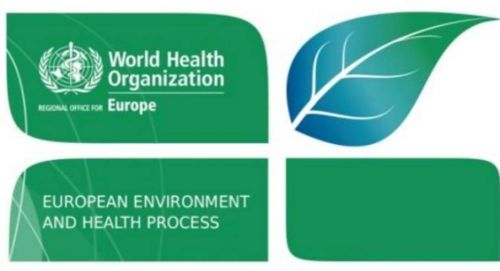
15/10/2020
Parc de l'Alba in a WHO project
Parc de l'Alba in a WHO project
Parc de l'Alba, whose business area corresponds to the Barcelona Synchrotron Park, is participating in a project of the Health and Environmental Impact Assessment Program of the World Health Organization's (WHO) European Center for Environment and Health, which aims to analyze the redevelopment of contaminated sites.
The project approaches this challenge from three different perspectives:
The aim of the project is to develop tools for local and regional European administrations, which are the ones directly supporting the challenge and the problem, to manage these redevelopment projects in an effective and safe way, protecting health and the environment.
In this WHO project, Parc de l'Alba is contributing its experience with the restoration of Àrids Catalunya, an old 4 ha clay quarry located within the park's perimeter. Exploited until the 1970s and subsequently filled with various types of waste, basically construction debris, including asbestos, this quarry, transformed by the way into an uncontrolled landfill, represented a problem for the environment and health.
In 2010, this cuvette was restored and later redeveloped. The site is now fully restored and reforested with a viewpoint and new paths marked for public use, and since 2012 it has been officially part of the Parc de l'Alba green corridor.
In this interesting experience, Parc de l'Alba has totally empathised with the other case studies analyzed throughout Europe, sharing both its strong and weak points, and is pleased to be able to contribute to strengthening the tools for reusing contaminated spaces in conditions that are safe and healthy for people and the environment.
* (SEA, Strategic Environmental Assessment; EIA, Environmental Impact Assessment; HIA, Health Impact Assessment; HHRA, Human Health Risk Assessment; HBM, Health Biomonitoring)
The project approaches this challenge from three different perspectives:
- Compilation of practical cases and lessons learned.
- Review of evidence of environmental, health and equity effects in the conversion and remediation of contaminated sites.
- Analysis of the impact assessment processes (SEA, EIA, HIA, HHRA, HBM *) in relation to the remediation and subsequent reuse of contaminated sites.
The aim of the project is to develop tools for local and regional European administrations, which are the ones directly supporting the challenge and the problem, to manage these redevelopment projects in an effective and safe way, protecting health and the environment.
In this WHO project, Parc de l'Alba is contributing its experience with the restoration of Àrids Catalunya, an old 4 ha clay quarry located within the park's perimeter. Exploited until the 1970s and subsequently filled with various types of waste, basically construction debris, including asbestos, this quarry, transformed by the way into an uncontrolled landfill, represented a problem for the environment and health.
In 2010, this cuvette was restored and later redeveloped. The site is now fully restored and reforested with a viewpoint and new paths marked for public use, and since 2012 it has been officially part of the Parc de l'Alba green corridor.
In this interesting experience, Parc de l'Alba has totally empathised with the other case studies analyzed throughout Europe, sharing both its strong and weak points, and is pleased to be able to contribute to strengthening the tools for reusing contaminated spaces in conditions that are safe and healthy for people and the environment.
* (SEA, Strategic Environmental Assessment; EIA, Environmental Impact Assessment; HIA, Health Impact Assessment; HHRA, Human Health Risk Assessment; HBM, Health Biomonitoring)
More news
24/07/2015
CVC: 20 Years Making Images Meaningful
17/07/2015
Presentation of the Industrial Ring 4.0 Project
13/07/2015
New International Success for B-Barcelona Consulting /BGC
02/07/2015
Creation of the Barcelona Institute of Science and Technology
26/06/2015
A Delegation From Porto Alegre Visits the Barcelona Synchrotron Park
17/06/2015
First light for PAU camera, designed to study dark energy









